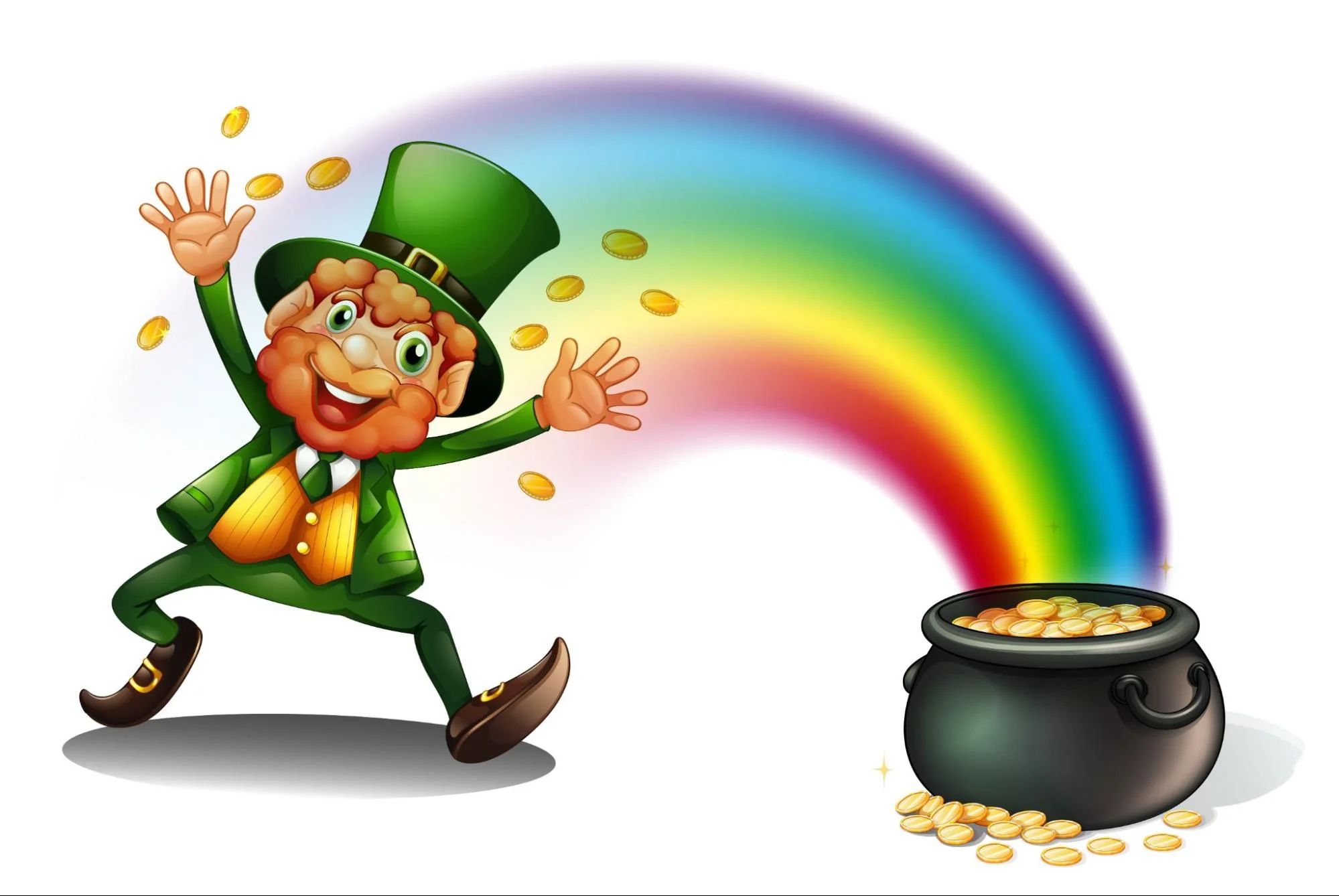
Magic acts that mix magic and science have a special place in the hearts of kids. Some relate it to only entertainment, while others draw their stories from scientific ideas and math. The famous magician Harry Houdini made magic for kids popular in the early 20th century with his daring stunts and the release of his book Magic for Boys. Steve Mold, a science fiction writer and comic, then took science-based magic and made it accessible to people of all ages.
In recent years, the combination of science and magic has been pioneered by magicians such as Raymond Joseph Teller, who have developed innovative illusion techniques and educated the public on the fundamentals of magic. Magic tricks are particularly appealing to children due to their combination of surprise, curiosity, and knowledge.
Here are some simple magic tricks you can do with your kids, plus a quick look at the science behind it:
1. The Vanishing Penny Trick
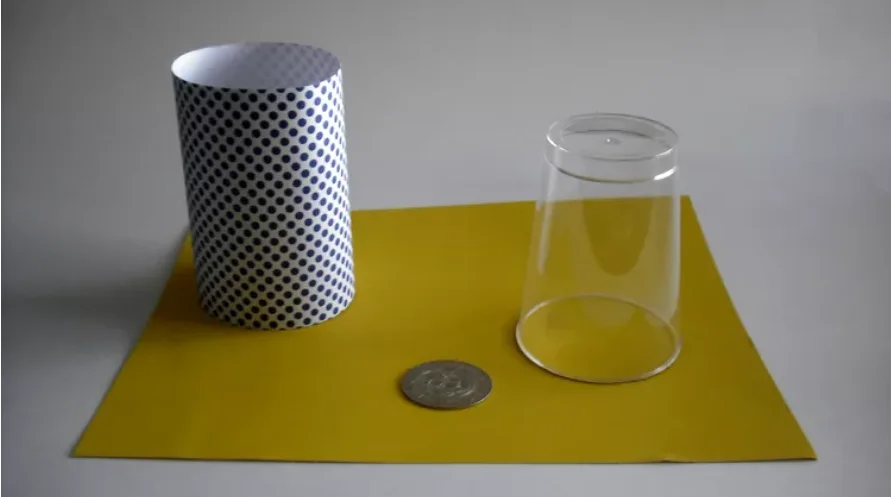
Materials:
- One penny
- An uncloudy glass
- One sheet of paper
Instruction:
- Put the penny down in front of your youngster on the table.
- Place the sheet of paper over the top of the glass and cover the penny with it.
- Tightly grasp the paper and glass together, then raise them off the table.
- Gently remove the paper from behind the glass.
- By then, the penny will be gone!
The trick’s scientific basis:
The penny does not actually vanish. The only thing that is keeping it hidden is the phenomenon of light refraction. As light passes between two mediums, such as air and water, it undergoes bending. We call this process refraction. The penny disappears due to how the glass distorts the light emitted from it.
2. The Floating Toothpick Trick
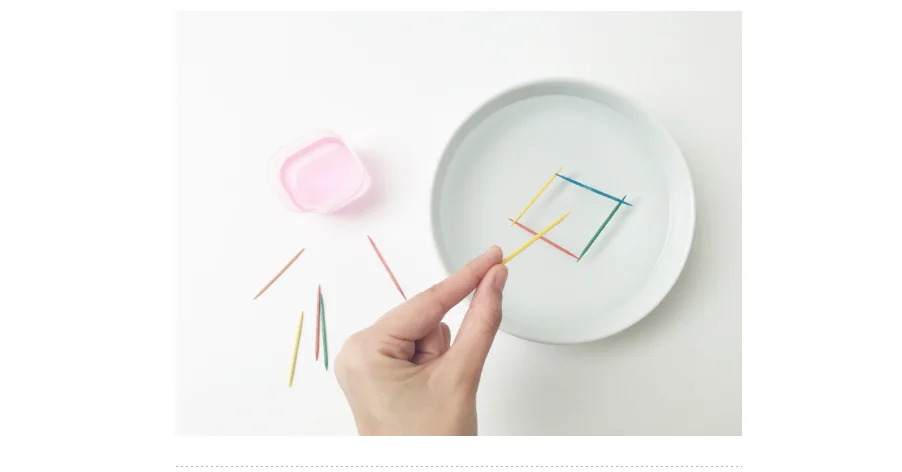
Materials:
- A glass of water
- A toothpick
- A paper towel
Instruction:
- Pour some water into the glass.
- Put the toothpick on the water’s surface.
- After covering the glass with the paper towel, lightly press down on the toothpick.
- Raise the paper towel away.
- There will be a toothpick floating!
The trick’s scientific basis:
The reason why the toothpick floats is surface tension. Surface tension is the force that holds a liquid’s surface together. Surface tension is a thin layer of water that forms on the water’s surface due to the attraction between water molecules. This thin layer of water makes the toothpick float.
3. The Walking Balloon Trick
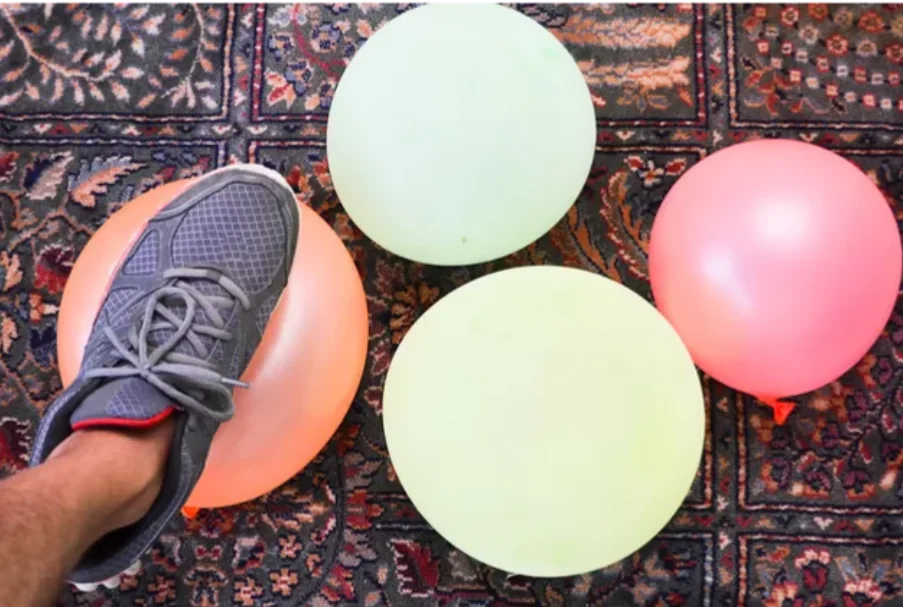
Materials:
- A balloon
- A piece of string
- A chair
Instruction:
- After inflating the balloon, fasten the string’s end around its neck.
- Place the balloon on the ground in front of you as you take a seat in the chair.
- In your palm, grasp the opposite end of the string.
- To make the balloon move, gently tug on the cord.
The trick’s scientific basis:
Friction is what’s causing the balloon to move. Friction is the force that stops two things from touching each other. So, when the string rubs up against the floor, it causes the balloon to move.
These are just some of the simple magic tricks that can be performed for children. There are numerous other online and offline sources from which more complex magic tricks can be acquired.
4. The Magic Egg Trick
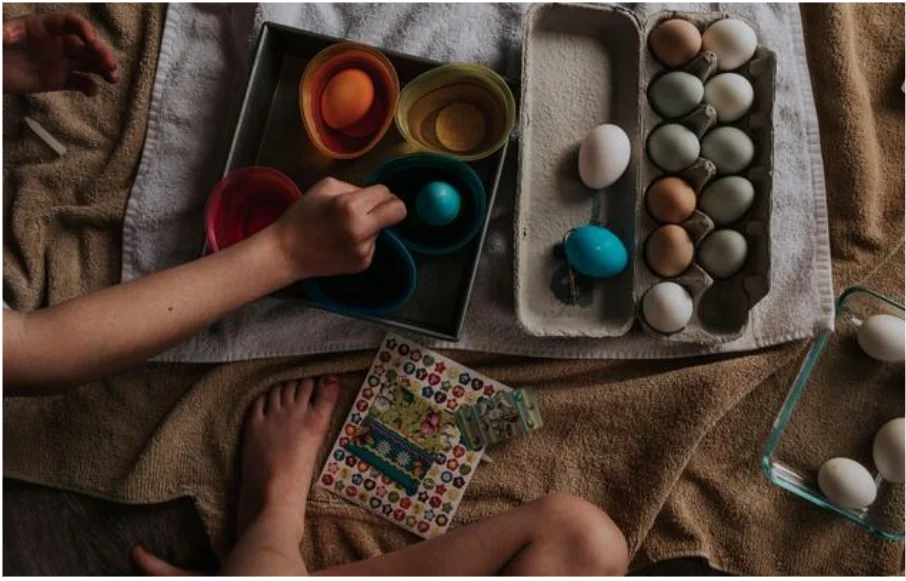
Materials:
- A hard-boiled egg
- A jar with a narrow opening
- A burning match
Instruction:
- In the container, place the egg.
- Put the match in the jar close to the egg and light it.
- Take the match out of the container quickly.
- The jar will be filled with the egg!
The trick’s scientific basis:
As a result of the change in air pressure, the egg is drawn into the vessel. When the match is burned, the oxygen in the vessel is exhausted. Consequently, the vessel’s air pressure decreases. The increased air pressure outside the vessel forces the egg into the vessel.
5. The Color Changing Flower Trick

Materials:
- A white flower
- Food coloring
- Water
Instruction:
- Put the flower in a water glass.
- To the water, add a few drops of food coloring.
- Observe the flower’s gradual color shift!
The trick’s scientific basis:
Xylem tubes are tiny tubes in the flowers’ stems. They’re used to move water from the roots of the plant to the leaves. When you add food coloring to the water, the tubes absorb it and carry it to the leaves. The colors of the flowers are caused by the pigments the leaves make with the food coloring.
Benefits of magic tricks for kids:
Apart from being enjoyable and stimulating, magic tricks may offer several advantages to children. These are a handful:
- Cognitive development: Magic tricks can help children develop their critical thinking skills and problem-solving skills. Children need to learn the tricks and how to hide them from the audience. This can help them develop their creative and unconventional thinking skills.
- Fine motor skills: Doing magic tricks requires a lot of use of your hands and fingers. Your kids’ fine motor skills will be beneficial because they need to be able to use their hands to do things like put on clothes and write.
- Social skills: These tricks are a great way to help children develop social skills. Children need to talk to their audience and communicate clearly when performing magic tricks for others.
Conclusion
Magic tricks are great for kids because they mix science and fun with lots of puzzles and surprises. Not only are they fun, but science-based tricks also help kids build social skills, fine motor skills, and critical thinking skills.
Encourage your kids’ imaginations and curiosity as you take them on this incredible journey by teaching them exciting tricks. Remember that there’s so much more to this awe and wisdom than the tricks themselves.
Moonpreneur is on a mission to disrupt traditional education and future-proof the next generation with holistic learning solutions. Its Innovator Program is building tomorrow’s workforce by training students in AI/ML, Robotics, Coding, IoT, and Apps, enabling entrepreneurship through experiential learning.

























Magic trick concept is so fun, these tricks make kids curious and want to learn more about the science behind it.
It is a very good idea to make kids play tricks, it provides them hands-on learning in a fun way.